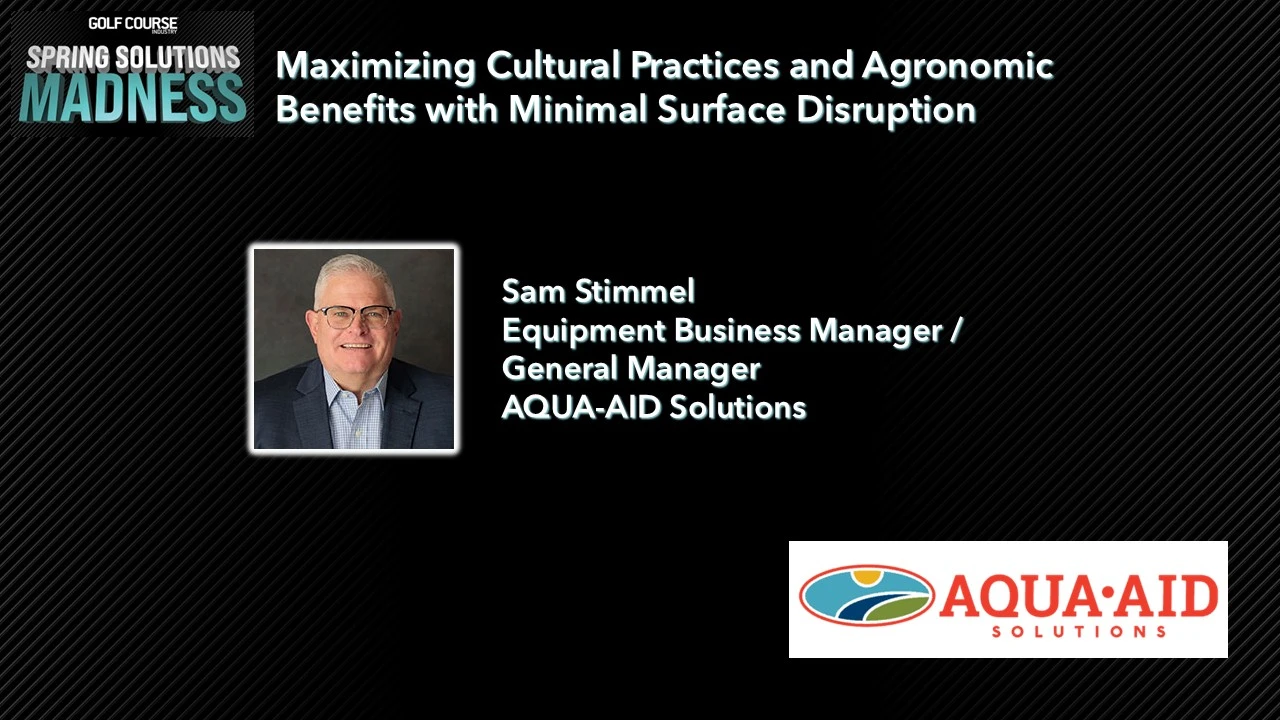
Hello. Great to meet you. Let’s start walking and talking.
Bethpage State Park horticulturist Victor Azzaretto and I dash through the maintenance facility and down a steep hill referred to as “Pike’s Peak.” We stop briefly at a spot called “Victor’s Valley,” a former dump-turned-garden parallel to the Black Course’s fourth fairway.
Azzaretto talks excitedly, waving his arms and hands describing how his role managing plant species fits into the greater mission of the five-course park. A gallery marches along the right side of the hole and Dustin Johnson, the world’s top ranked golfer, struts between the gallery and the temporary stopping point. Neither of us has much to discuss about Johnson’s prospects at the 101st PGA Championship.
Bethpage fascinates because if offers 1,368 acres of public greenspace, including a major championship golf course and four other soothing tracts, within a crowd slice of Long Island. High-energy, high-productivity personalities such as Azzaretto are entrusted with doing what they deem fit to lure visitors to the park. A Long Island native, Azzaretto worked as a teenager in Bethpage’s clubhouse, then joined the golf course maintenance crew, and later earned a horticulture degree from nearby SUNY-Farmingdale. His bosses created the horticulturist title, satisfying Azzaretto’s desire to work with plants while boosting golf course and park aesthetics. “This is a nice hidden gem,” he says. “You can learn a lot here.”
A hidden gem? In a county with 1.3 million residents? At a major championship venue? The rise of the Black Course as a fabled American golf venue represents a small sliver of Bethpage’s busy existence.
Daily green fees and PGA Championship tickets come with visual perks carefully cultivated by the Bethpage staff. Broomsedge adds fire and color to the golf courses, with the plants being grown by the thousands each spring in a greenhouse Azzaretto manages near the Green Course. The periphery of the Black Course boasts dozens of birdboxes, providing audible escapes from subway rumbles, car horns and jet engines.
Park ecologist Yael Weiss says tree swallows, bluebirds, warblers, red-tailed hawks and great horned owls are among the birds spotted on the Black Course each spring. The park collects data on its wildlife as naturalist Jim Jones serves as a part-time employee responsible for studying hawk and owl activity. Weiss hopes golfers are inspired to become citizen-scientists and contribute to the digital community of photos and observations.
“Before I got this job, I didn’t even know Bethpage State Park had a public area that people could go to,” says Weiss, a graduate of nearby Hofstra University. “I thought it was only for golf. It was a new world. It’s an open classroom and there’s so much that you can learn here. If this golf course wasn’t here, this would be developed. It would be a mall or something. People will say it’s a golf course and they use pesticides and all of that, but there’s so much untouched area between all the wooded areas and all the pollinator gardens and rough areas that serve as wildlife refuge. There’s so much greenspace here. It’s an important part of Long Island.”
The Black Course starter’s hut, a spot thousands of spectators pass during a major championship, displays signage promoting Bethpage’s status as a Certified Audubon Sanctuary. An extensive study with Cornell University examining reducing inputs makes Bethpage a frequent topic in industry research papers and conference presentations. But the park’s best ambassadors and educators are its employees, many of whom are self-starters such as director of agronomy Andy Wilson and Black Course superintendent Mike Hadley. Even well-traveled tournament veterans such as PGA of America chief championships officer Kerry Haigh notice employees’ zest for the park. “Their passion for this venue, for their golf courses, is second to none,” he says.
Creating repeatable course conditions over the years has allowed Bethpage to extend its outreach efforts, and Wilson and Hadley openly talk with anyone willing to listen about their maintenance practices and management philosophies. Wilson, who grew up in Bethpage, and Hadley, a western Pennsylvania native entrenched on Long Island for two decades, maintain turf that takes a pounding (the five courses combine for more than 225,000 annual rounds) yet keeps flourishing. Their team includes multiple employees who migrated from Bethpage only to return, a sign of the park’s enduring pull on talented people seeking lasting fulfillment.
State bureaucracy, golfers of all skill levels, taxpayer money, ecology, horticulture, Northeast intensity, televised tournaments and predatory birds could be a toxic mix at some places. But it all meshes at Bethpage.
Azzaretto continues our walk, stopping in the woods twice, including once on the way up “Pike’s Peak” to showcase blooming pink lady’s slipper, the only orchid found in the park. The people who care deeply about Bethpage are always moving, stopping and explaining. Creating connections to a park, whether it’s via golf, horticulture or ecology, requires unyielding enthusiasm.
It’s a major undertaking.
Guy Cipriano is GCI’s editor.
Latest from Golf Course Industry
- Disease Discussion 24: Let the turf talk to you
- From the publisher’s pen: Foggy intrigue
- USGA releases Water Conservation Playbook
- Vilamoura Golf courses awarded GEO Certified status
- GCSAA’s Health in Action 5K/2K reaches fundraising goal
- Landscapes Golf Management to participate in data analyzation initiative
- Reel Turf Techs: Carl Michael
- Atlanta Athletic Club approves funding for master plan

















